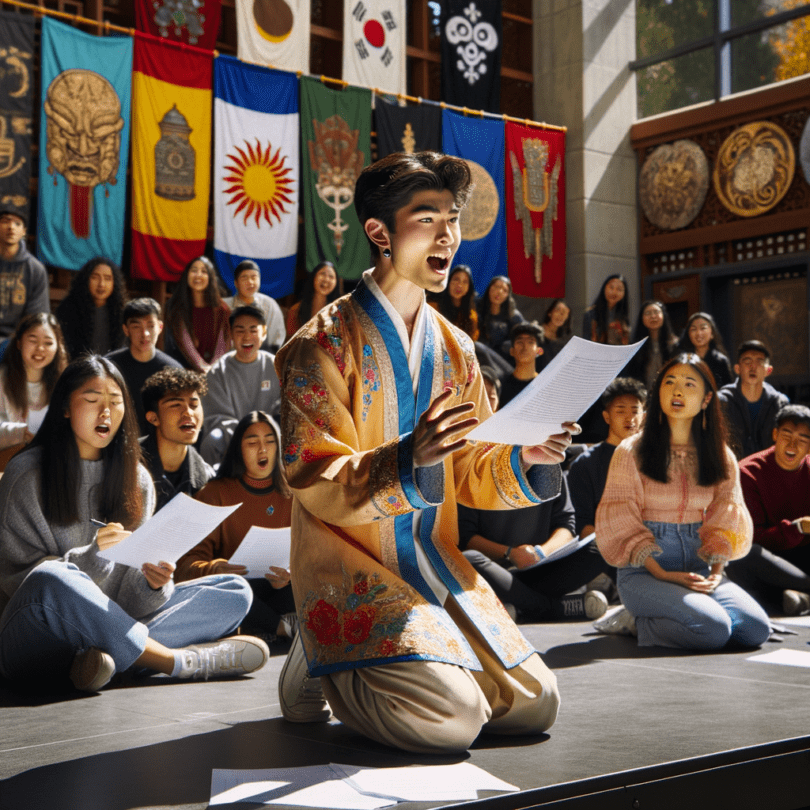Uncommon Courses is a recurring series by The Conversation U.S., where we dive into unique teaching methods that buck the usual trends.
Let’s talk about Multimodal Anthropology. The term “multimodal” really just means you’re using more than just writing to share research insights. My first crack at multimodal science was back in third grade with a project on humpback whales. The inspiration? A vinyl LP from National Geographic that featured whale songs. Besides my written report, I included the record and some photos from National Geographic. For an extra touch, I tied it all together using shoelaces with tiny blue whales.
Fast forward to today, as an anthropologist, I get creative with how I share my findings. I incorporate fiction, plays, poetry, music, and video into my work. Some fellow academics have been skeptical about these methods, but my students? They’re all in favor and eager to try it themselves.
In class, we dive into innovative ways to present research and chat about what works best for certain topics. Take, for instance, a presentation on war. Instead of chilling images, a student might use the actual sounds of bombs – it’s about avoiding the exploitation of victims. Another example: when presenting on underground theater in Iran, a fictional narrative about secret rehearsals might work better than an academic text, ensuring the subjects’ anonymity.
Students get hands-on with basic ethnographic techniques, like observing and interviewing – think being a “fly-on-the-wall.” We take little field trips around campus to observe, jot down notes, and ask questions. When it’s time for their final projects, they transform their data from a regular week into a new format, whether that’s a film, a poem, or an opinion piece.
Exploring multimodal anthropology really lets students find their voice and build confidence. Not all of them are natural writers, but some might have a knack for photography. By always asking for written papers, educators could lose the interest of talented students.
This approach also broadens the audience for their work. Sounds, like those of humpback whales, bring moments to life that most people never get to experience. Audiobooks open new doors, providing access to those with visual impairments or reading challenges.
There’s always more than one way to accomplish something. Students will thrive and even drive change by leveraging their unique strengths and by working together rather than against each other. They aren’t defined by test scores or grades; they’re shaped by the experiences and interactions they have along the way.
In teaching multimodal anthropology, I draw from my own projects, sharing how and why I approached things the way I did, and if it worked out. I also invite other expert voices into the classroom, like multimedia artist Kurosh ValaNejad, who translated the history of the 1953 U.S.-led coup in Iran into a video game format.
Currently, I’m crafting a multimodal curriculum through a murder mystery series. Each book will tackle a different research presentation style. The first one, “Death in a Nutshell: An Anthropology Whodunnit,” delves into visual anthropology and dyslexia.
This course is all about equipping students to try out and learn various research methods. Even if poetry is never their go-to again, examining it from an anthropologist’s view hones their descriptive skills. Plus, it sparks debates on whether, just like Plato said, poetry might be too seductive and misleading for something people view as an objective science.

